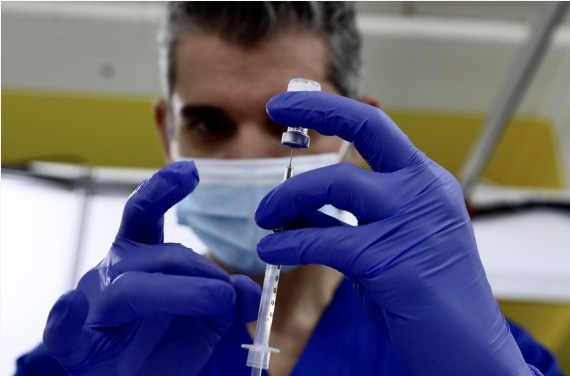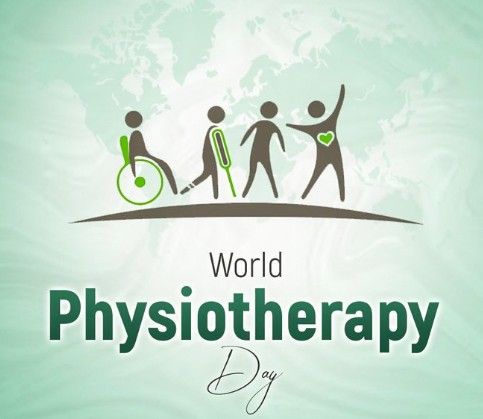The researchers say the study demonstrates higher levels of physical activity should be promoted as a major strategy for type 2 diabetes prevention, which affects millions of Australians…reports Asian Lite News
According to a new study, being physically active can reduce the incidence of type 2 diabetes even in persons who have a high hereditary risk of having the disease.
Higher levels of overall physical activity, particularly moderate to vigorous-intensity physical activity, was shown to have a robust connection with a decreased risk of acquiring type 2 diabetes in a study done by the University of Sydney.
The findings were published in the British Journal of Sports Medicine.
The researchers say the study demonstrates higher levels of physical activity should be promoted as a major strategy for type 2 diabetes prevention, which affects millions of Australians.
The study involved 59,325 adults from the UK Biobank, who wore accelerometers (activity trackers worn on their wrist) at the start of the study and were then followed for up to seven years to track health outcomes. The UK Biobank is a large-scale biomedical database and research resource containing anonymised genetic, lifestyle and health information from half a million UK participants.
This included genetic markers associated with a higher risk of developing type 2 diabetes. People with a high genetic risk score had 2.4 times the risk of developing type 2 diabetes when compared with those with a low genetic risk score.

The study showed more than an hour of moderate- to vigorous-intensity physical activity per day was associated with a 74 percent lower risk of developing type 2 diabetes when compared with participants who did less than 5 minutes of physical activity,
This was even when other factors, including genetic risk, were accounted for.
Another compelling finding was that participants with a high genetic risk, but who were in the most physically active category, actually had a lower risk of developing type 2 diabetes when compared with those with a low genetic risk but in the least active category.
Senior author Associate Professor Melody Ding from the Charles Perkins Centre and the Faculty of Medicine and Health says although the role of genetics and physical activity in the onset of type 2 diabetes is well established, until now most data was self-reported and there was little evidence whether the genetic risk could be counteracted by physical activity.
“We are unable to control our genetic risk and family history, but this finding provides promising and positive news that through an active lifestyle, one can ‘fight off’ much of the excessive risk for type 2 diabetes.” (ANI)
ALSO READ-Focus on wellness habits














